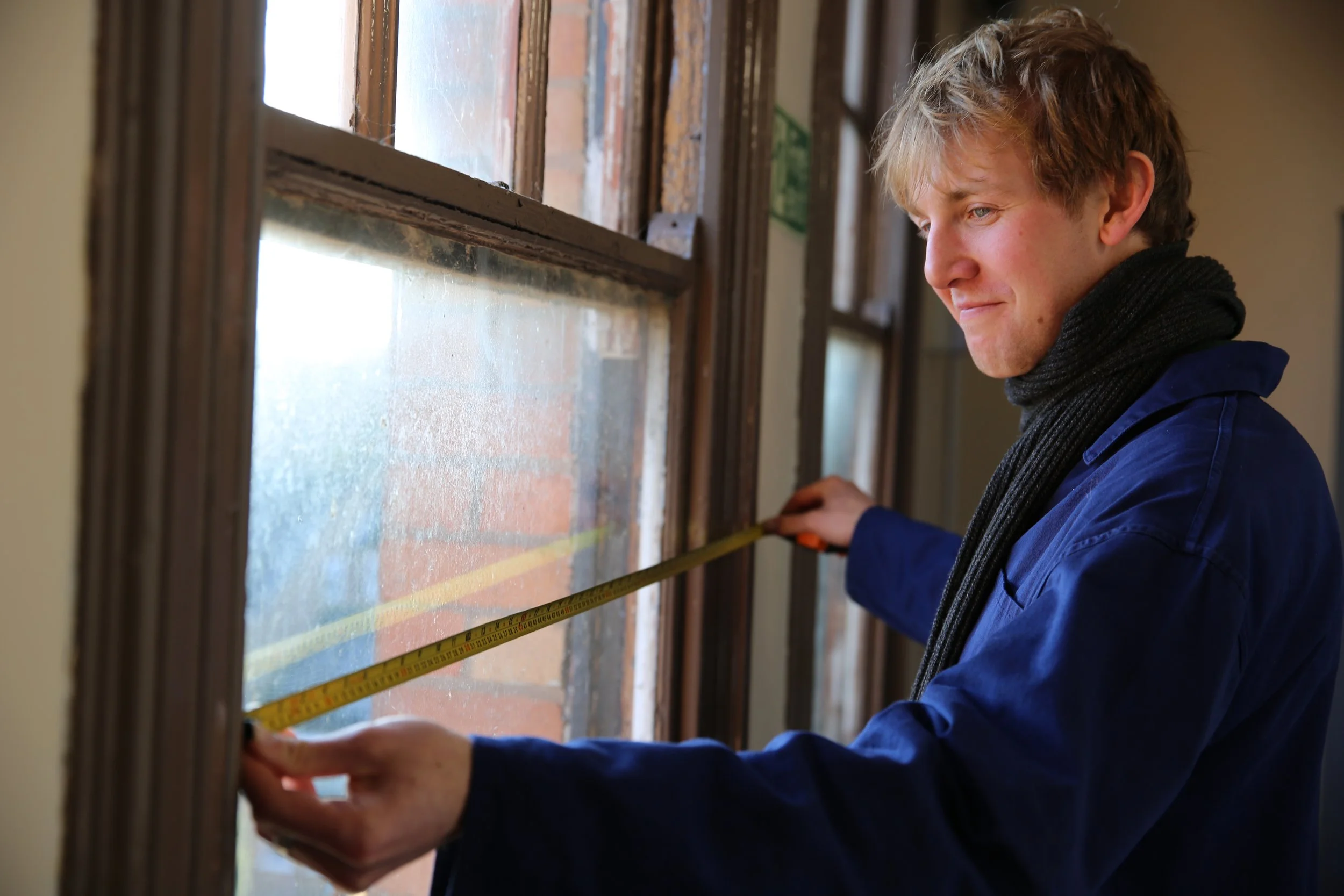The Costs and Carbon Savings of Retrofitting Older properties
Throughout 2022 we partnered with the University of Nottingham, Focus Consultants and the Active Building Centre Research Programme to explore the benefits of retrofitting older housing in Nottingham — reducing carbon and rendering properties more energy efficient.
Led by the University of Nottingham, the “Nottingham Carbon Neutral Housing: Cost vs Carbon Retrofit Roadmap” project developed a “retrofit roadmap to inform the decarbonisation of the city’s existing housing stock to help reach its carbon neutral targets by 2028.”
With this project came the integral findings that typical UK households need financial support and considerable investment so that houses across the country can be retrofitted to the necessary standard.
Vital for the reduction of carbon emissions and for improving people’s quality of life, this will make properties more energy efficient as energy prices begin to soar.
Professor Lucelia Rodrigues, Project Lead and Professor of Sustainable and Resilient Cities at the University of Nottingham says, “We’ve discovered that the cost of ‘deep retrofit’, retrofitting a home to the highest levels of energy efficiency, is at least double the expected amount – averaging around £69,000.”
Lucelia highlighted the importance of a fabric-first approach, stating “We’ve also learned that, for most homes, it is both more cost- and carbon-effective to first improve the building’s fabric before electrifying heating.”
Together, this research shows the importance of a long-term financial commitment to retrofit schemes, showing that retrofitting can be costly, but it is necessary for its long-term benefits: improving people’s standards of living and working towards Nottingham’s goal to be a carbon neutral city by 2028. (CN28)
With a large amount of the city’s housing built before 1990, many households suffer with poor insulation and rely on fossil-fuel powered energy sources, showing that retrofit projects need to be rolled out city-wide in order to reach the ambitious carbon neutral target.
To find out more, here is a helpful article from the University of Nottingham.


